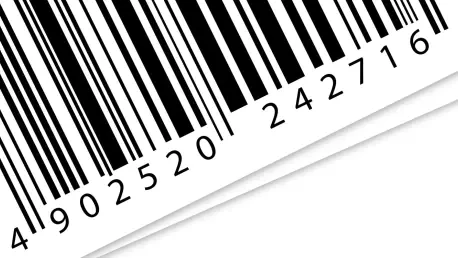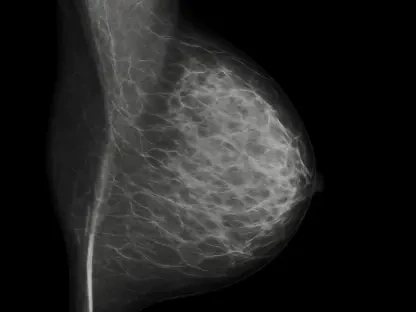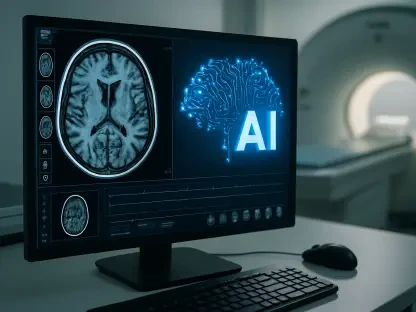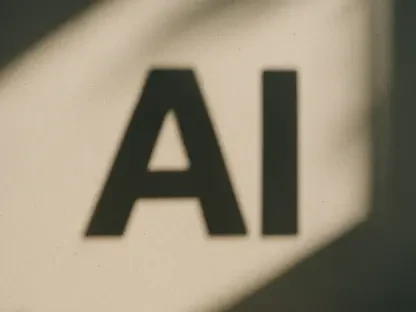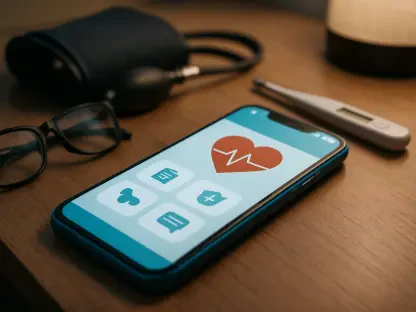The healthcare industry faces a persistent challenge: the underutilization of Unique Device Identifiers (UDIs) in clinical environments. Initially, the adoption of UDIs under the FDA’s UDI Rule was hailed as a major advancement aimed at revolutionizing medical device identification. By employing UDIs, healthcare establishments were expected to streamline device tracking, enhance operational efficiency, and bolster patient safety. However, the uptake of UDIs at the point of care has lagged significantly, despite successful compliance at the manufacturer level. This dichotomy signals a deeper issue within healthcare settings, highlighting the gap between technological capability and practical implementation.
Manufacturing Compliance vs. Provider Utilization
Manufacturing compliance with UDI labeling requirements highlights a stark contrast to provider utilization, underscoring an inconsistency that challenges healthcare improvement efforts. While manufacturers have largely succeeded in incorporating UDI barcodes onto device packaging, healthcare providers frequently fail to integrate UDI scanning into their daily routines. This failure is evident in how clinicians engage with medical devices during patient care. The absence of consistent scanning protocols detracts from the potential UDI benefits, leading to missed opportunities for enhanced patient safety and better data accuracy. Providers often revert to manual systems, which not only increase the likelihood of error but also diminish the efficiency and accuracy promised by UDIs.
The GS1 US Barcode Assessment highlights this inconsistency, revealing that despite the availability of scannable codes, these are often underused. The assessment’s findings negate the common misconception that barcode quality or complexity prevents proper scanning. Instead, the assessment underscores a need for cultural and procedural shifts to capitalize on existing technological solutions. As manufacturers fulfill their obligations, the onus now lies with healthcare providers to overcome operational barriers and integrate UDI scanning into routine practices.
Barriers to Effective UDI Scanning
Numerous barriers inhibit the effective scanning of UDI barcodes within healthcare settings, impacting the potential benefits that this technology could offer. Among the most frequently cited challenges are scanner compatibility and programming issues. Healthcare providers often struggle with determining the correct barcode to scan, leading to inefficient workflows and heightened confusion. Technological limitations compound these issues, as many providers still rely on older scanner models that occasionally fail to recognize barcodes, especially under suboptimal lighting conditions. These operational barriers interrupt the seamless integration of UDIs, which are meant to enhance, not complicate, healthcare operations.
In addition to technical barriers, the informational landscape presents its own set of challenges. The multitude of barcodes present on medical device packaging, often due to varying international standards, contributes to a cluttered field of choices for healthcare providers. Clinicians face the complex task of selecting the appropriate barcode for scanning amid these options, clouding the path toward effective UDI use. The resulting confusion underscores the need for simplified systems and greater uniformity in barcode presentation that aligns with global distribution regulations, which can help streamline the identification process and facilitate more efficient use at the point of care.
Advancing UDI Adoption Through Education and Technology
To advance UDI adoption, the healthcare sector must address the cultural and operational gaps highlighted in the assessment. A multifaceted approach, focusing on education and technological enhancement, is essential. Education is a crucial component, necessitating training for clinicians on how to correctly identify and use UDI barcodes. As devices continue to flood the market, familiarizing healthcare providers with various barcode formats is imperative. Such training not only demystifies the scanning process but also enables providers to make informed decisions quickly, especially in high-pressure environments such as operating rooms.
From a technological perspective, upgrading existing hardware and ensuring scanner compatibility with modern barcodes remain vital. Investing in new scanners capable of handling diverse barcode formats, and operating efficiently under various lighting conditions, is recommended. Moreover, healthcare organizations must engage in active problem-solving by documenting and reporting any issues encountered with barcode scanning. These reports will not only help in troubleshooting but also motivate manufacturers to refine their barcode technologies. Nurturing robust partnerships between healthcare providers and manufacturers ensures a responsive loop of feedback and improvement, facilitating more effective UDI integration.
Bridging the Barcode Divide: Path Towards Seamless Integration
The healthcare industry grapples with a persistent challenge—the underutilization of Unique Device Identifiers (UDIs) in clinical settings. Originally, UDIs were introduced under the FDA’s UDI Rule as a transformative development in medical device identification processes. The use of UDIs was anticipated to streamline the tracking of medical equipment, boost operational efficiency, and improve patient safety. Nevertheless, their adoption at the point of care has not kept pace, even though manufacturers have generally complied successfully. This discrepancy unveils a deeper, underlying issue within healthcare environments, reflecting a noteworthy gap between potential technological advancements and their real-world application. Factors contributing to this shortfall may include inadequate training, lack of integration with existing systems, and insufficient emphasis on the importance of UDIs. Addressing these barriers is crucial for realizing the full benefits that UDIs promise in enhancing healthcare delivery and patient outcomes.
